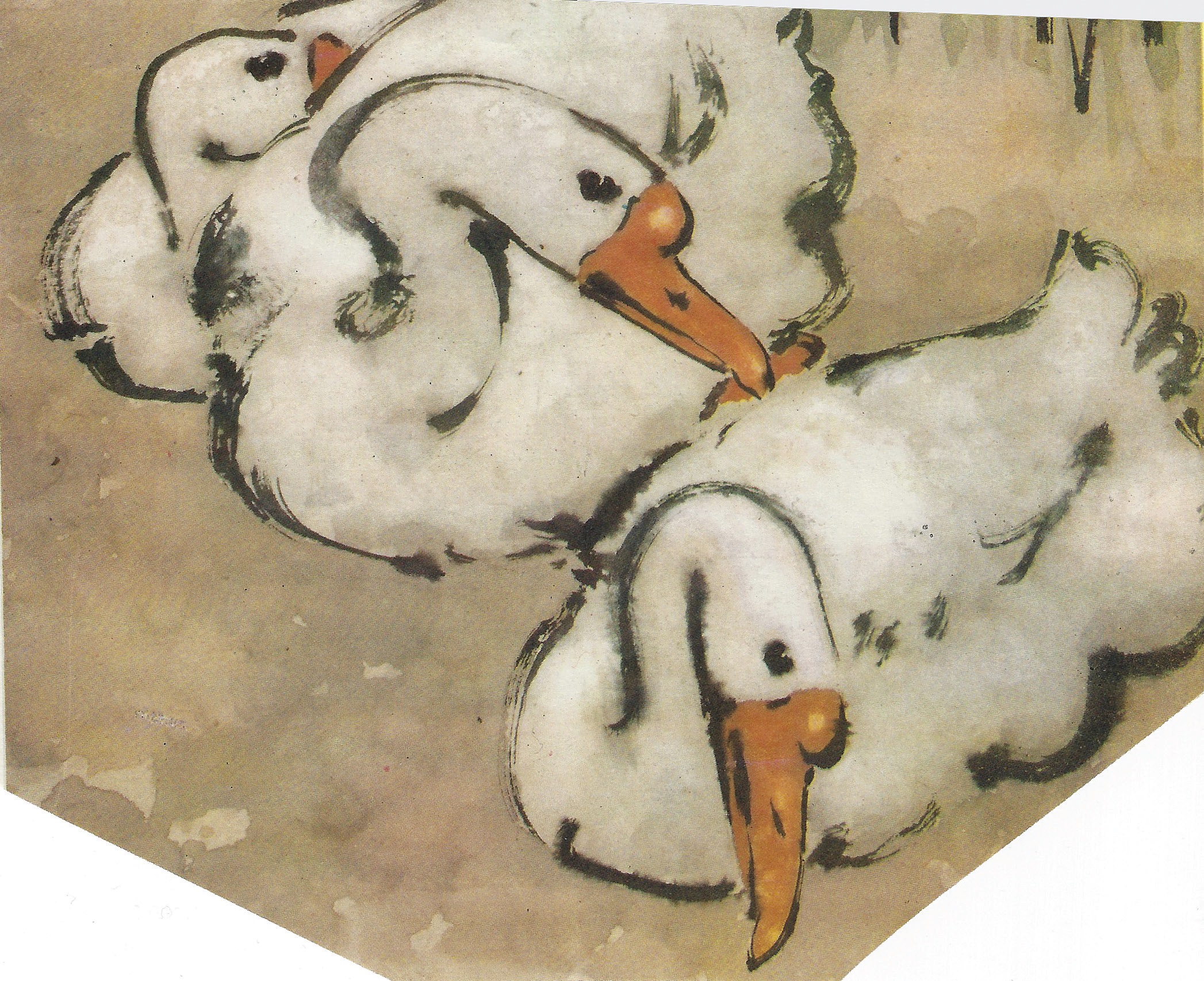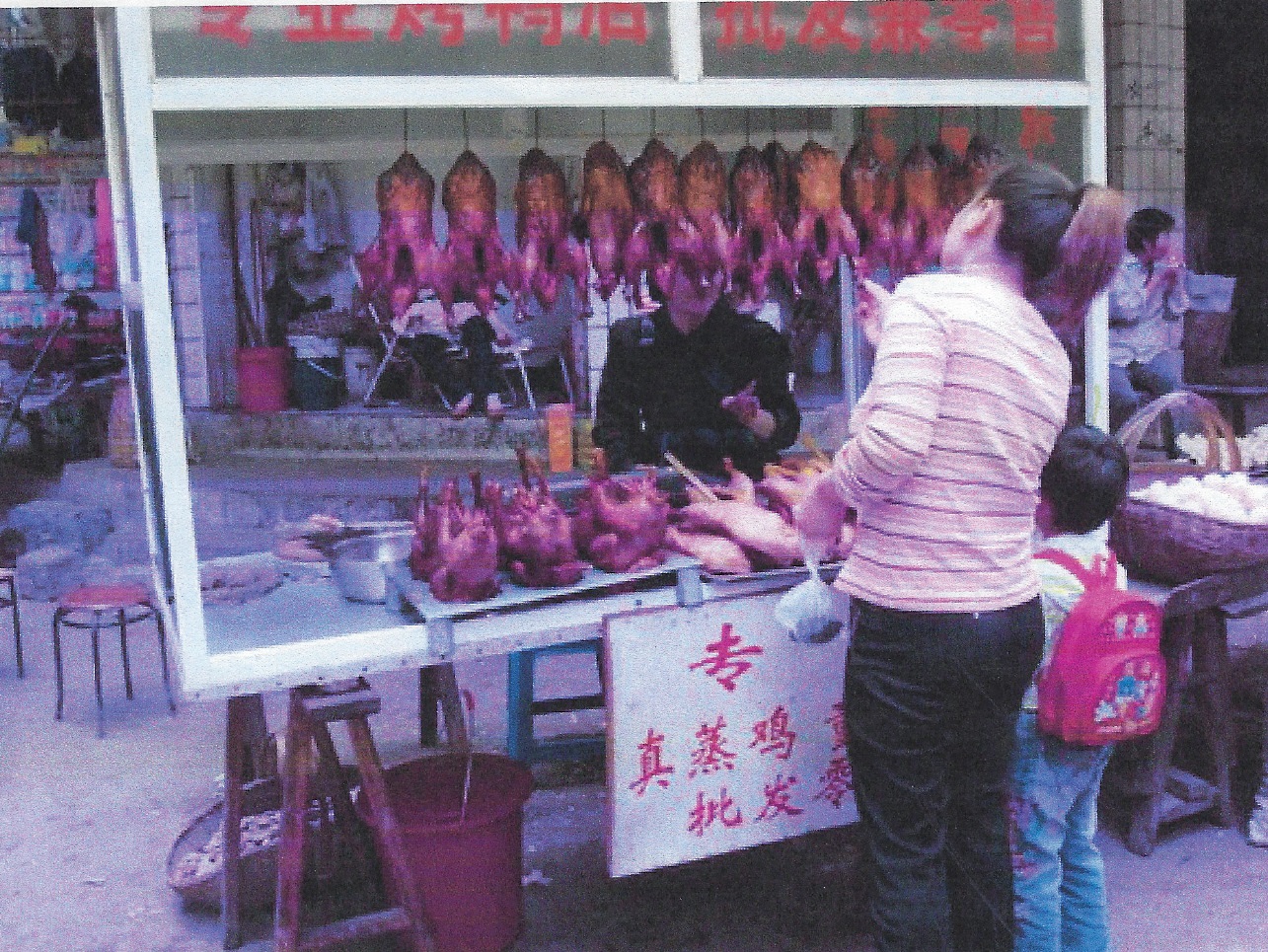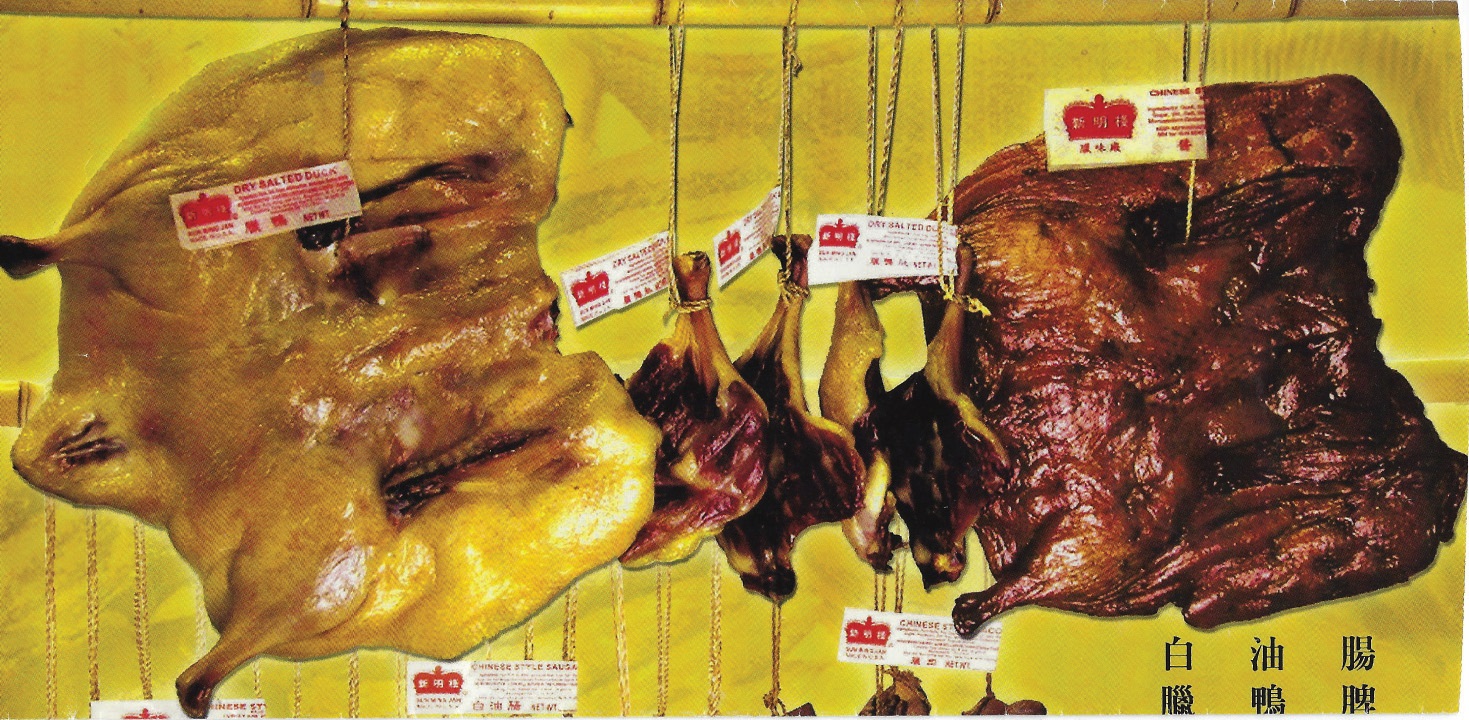
| What is Flavor and Fortune? |
| How do I subscribe? |
| How do I get past issues? |
| How do I advertise? |
| How do I contact the editor? |
Read 13191685 times
Connect me to:
| Home |
| Articles |
| Book reviews |
| Letters to the Editor |
| Newmans News and Notes |
| Recipes |
| Restaurant reviews |
| Article Index (all years, slow) |
| List of Article Years |
| Article Index (2026) |
| Article Index (last 2 years) |
| Things others say |
| Related Links |
| Log In... |
| Authors |
| Categories & Topics |
Duck: Domesticated for Thousands of Years
| by Jacqueline M. Newman |
Food in History
Summer Volume: 2017 Issue: 24(2) pages: 25 to 30
The first records of duck domesticated in China was during the Warring States period (475 - 221 BCE). Not all agree because some say it was even earlier but how much earlier, they never mention. We do know that duck dishes were, and still are, the pride of Chinese cuisine. Ask any chef and he or she will agree and certainly mention China’s Peking Duck.
Speaking of that dish, in Beijing there are five restaurants called ‘Peking Duck Restaurant.’ Long Island, specifically Suffolk County, is lucky to have two with the same chef from Beijing splitting his time though not evenly between them. One is in Selden, the other in Glen Cove, both have ‘Tao’s Fusion’ in their name. He does not fry his ducks off as many Chinese chefs do in the USA; and he had actual Peking Duck ovens shipped to him from Beijing to roast his ducks. The one in Selden was featured in this magazine’s Volume 24(1). Read it and about ducks in China and Chinese restaurants in various issues of this magazine in the Article listings and in the Poultry recipes listings, too.

A few duck pottery models have been found and dated from thousands of years ago. Some were male Mallard ducks with their green heads. Kenneth F. Kiple and Conee Ornelas Kreimhild, in the first volume of their Cambridge World History of Food confirm this, and they believe that the Long Island duck is a descendant.
Ducks are most often found in pairs indicating their conjugal fidelity. A strong attachment to their mate shows when one dies, the other pines and often dies soon thereafter.
Chinese ducks are prepared for the table after they are killed and dressed; and one can see many of them hanging from their neck in windows of Chinese markets. They do dry for at least half a day, and are brushed with sugar water or maltose a few times when drying. They are placed on poles and put into a very hot oven. Before so doing, their skin is loosened from the flesh to help dry both under and outside the skin.

Long Island ducks used to live in marshes or on duck farms at the water’s edge. Most have been closed for health reasons, but we do know of one great duck farm in Pennsylvania that raises their ducks in the cleanest and most hygienic manner one can imagine. One sees many of their ducks hanging in market windows in New York City’s Chinatown and elsewhere. We once visited that farm and were impressed with it. The ducks there walk on wire mesh, their droppings go through it and are collected and given at no cost to local farmers after this farm sterilizes them.
Peking duck is classically served with special thin pancakes or with steamed buns. On them, hoisin sauce, scallion slivers or those of cucumbers or both are served with the very crisp duck skin. This skin is put in one or the other after the sauce and greens, and all are wrapped in these exteriors. The skin crackles when biting into it.
Do you know that China raises more ducks than any other country in the world? Cantonese Roast Duck is also very popular and can be eaten this way or simply roasted and put on a plate without pancakes or buns. Pressed duck is another way duck is served. In and around Nanjing they call it Nanjing Ban Ya or Pressed Duck. In 1905 it won first prize at the Nanjing Fair.
Making any type of duck requires tending and it is a meticulous preparation. Salting often comes first, and the duck’s big bones can be discarded before baking. The skin is often brushed with oil and/or sugar water or maltose before baking or roasting. Made any one of these three ways, the ducks can be served alone and often are before any other dish comes to a main meal. The thin pancakes with Peking Duck are, in Chinese, called pi. In English they are called pancakes and they look like crepes. Making them requires just flour and water and steaming them.
Classically, the carcass goes back to the kitchen where it is used to make duck soup served at the meal’s end. A stir-fry duck dish using the meat and some vegetables can be served before the soup.
Other duck dishes can be made and served at any meal. For or near Chinese New Year, a duck banquet with all dishes made of every part of one or more ducks imaginable is popular. We had such a banquet this past Chinese New Year. It included a dish of boned duck necks, one of duck tongues, another of duck gizzards, a duck breast dish, another of duck legs, one made with stuffed boneless duck wings, and many other duck-centered dishes. It was our first duck banquet experience and ten of enjoyed it.
Here are some duck recipes for your pleasure. Do enjoy one, many, or all of them at one or more meals on Chinese New Years Day or any day.

| Duck and Cabbage Soup |
|---|
1 roast duck carcass, meat and skin used elsewhere
1. Chop the duck carcass into half dozen or so pieces.
Discard any innards attached. Put the bones and any
reserved duck meat in six cups of water and bring this
to the boil and then simmer for one hour. Discard the
bones and strain the water returning that to the pot.
|
| Duck With Young Ginger |
|---|
1 pair skinless and boneless duck breasts, sliced thinly
1. Toss the duck slices with the salt and cornstarch, and
set them aside.
|
| Braised Duck With Red Bean Squares |
|---|
2 Tablespoons vegetable oil, divided
1. Heat a wok or fry pan, add half the oil, and fry the
duck pieces, two at a time on each side until tan. Then
remove them to a plate and fry the other two pieces the
same way.
|
| Duck with Cloud Ear and Vegetables |
|---|
1 whole cooked boneless duck breast, cut in two-inch cubes
1. Marinate duck pieces in a mixture of vinegar, sugar,
salt, and water chestnut flour for half an hour, then
drain in a strainer.
|
| Duck, Beans, and Tomatoes |
|---|
½ cup vegetable oil
1. Heat wok or fry pan, add the oil, and fry the duck
meat for three minutes, then remove it to a bowl and
leave the oil in the pan.
|
| Duck Neck With Garlic Chive Puree |
|---|
20 duck skinless necks, each chopped in two-inch lengths
1. In a non-reactive pot, put two cups cold water, the
duck necks, sugar, vinegar, and the salt and simmer until
the duck necks are tender, about an hour. Then cool
them covered overnight in the liquid in the refrigerator.
|
| Pressed Duck With Walnuts |
|---|
1 purchased pressed Nanjing duck, skin removed and kept whole; meat removed from the bones and mince, bones discarded
1. Put duck skin on a flat surface, wipe its inner side
with a damp cloth, then dry it with paper towels. Brush
it with the egg white on its under side, then sprinkle on
the salt and pepper.
|
| Duck Web With Taro |
|---|
2 boned duck webs, rinsed and dried, then boiled for half an hour and re-dried with paper towels
1. Boil duck webs, scallions, shallots, cornstarch, and
half the thin soy sauce until they are thoroughly cooked,
about forty minutes, then drain and let them cool.
|
| Duck Breast With Black Bean Sauce |
|---|
1 whole boneless duck breast
1. Season duck breasts with the ground pepper. Then
heat a wok or a fry pan, add the oil, and fry the breasts
three minutes per side. Then remove them to paper
towels. Next, slice them thinly and arrange them on a
pre-heated platter.
|

Copyright © 1994-2026 by ISACC, all rights reserved
Address
3 Jefferson Ferry Drive
S. Setauket NY 11720